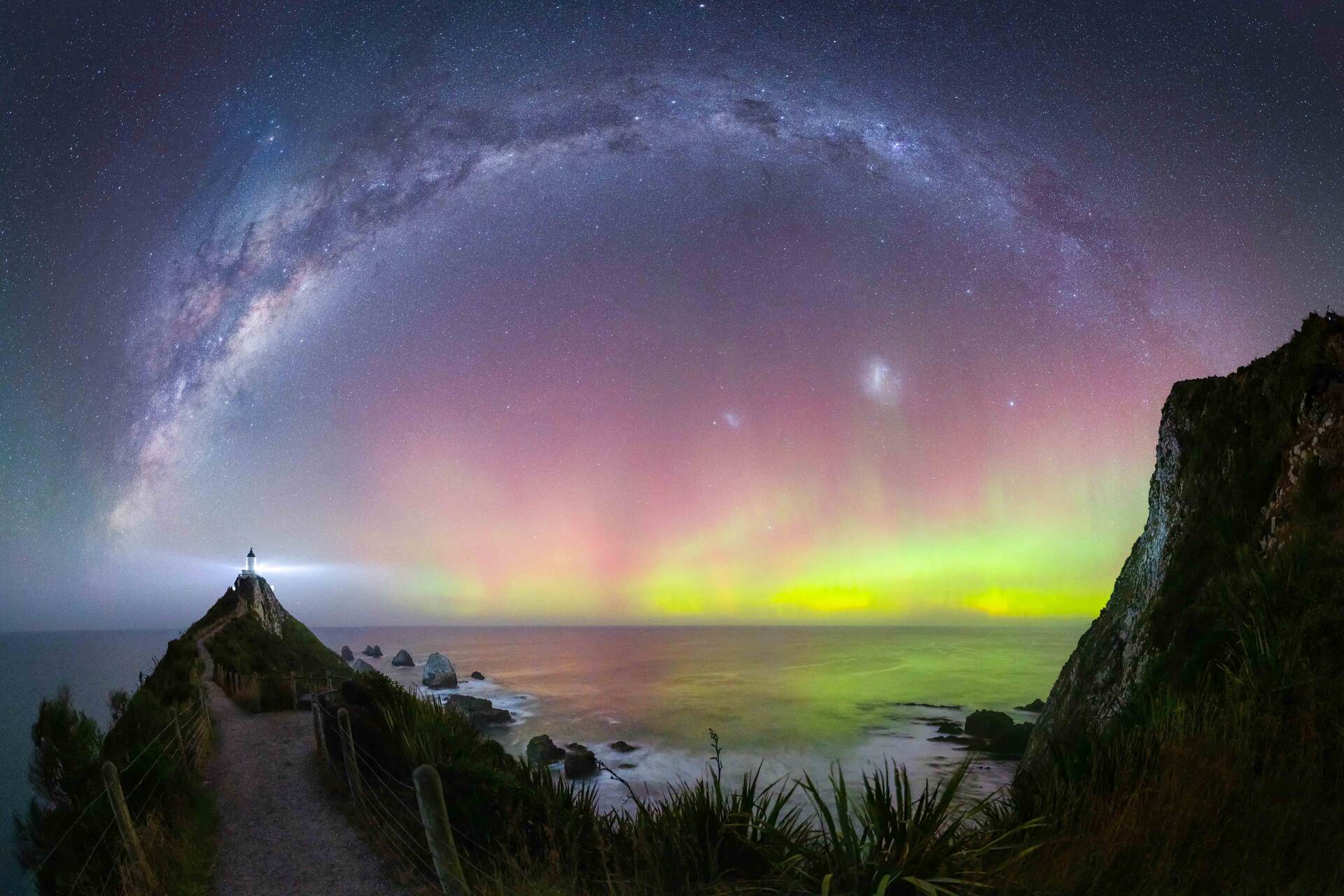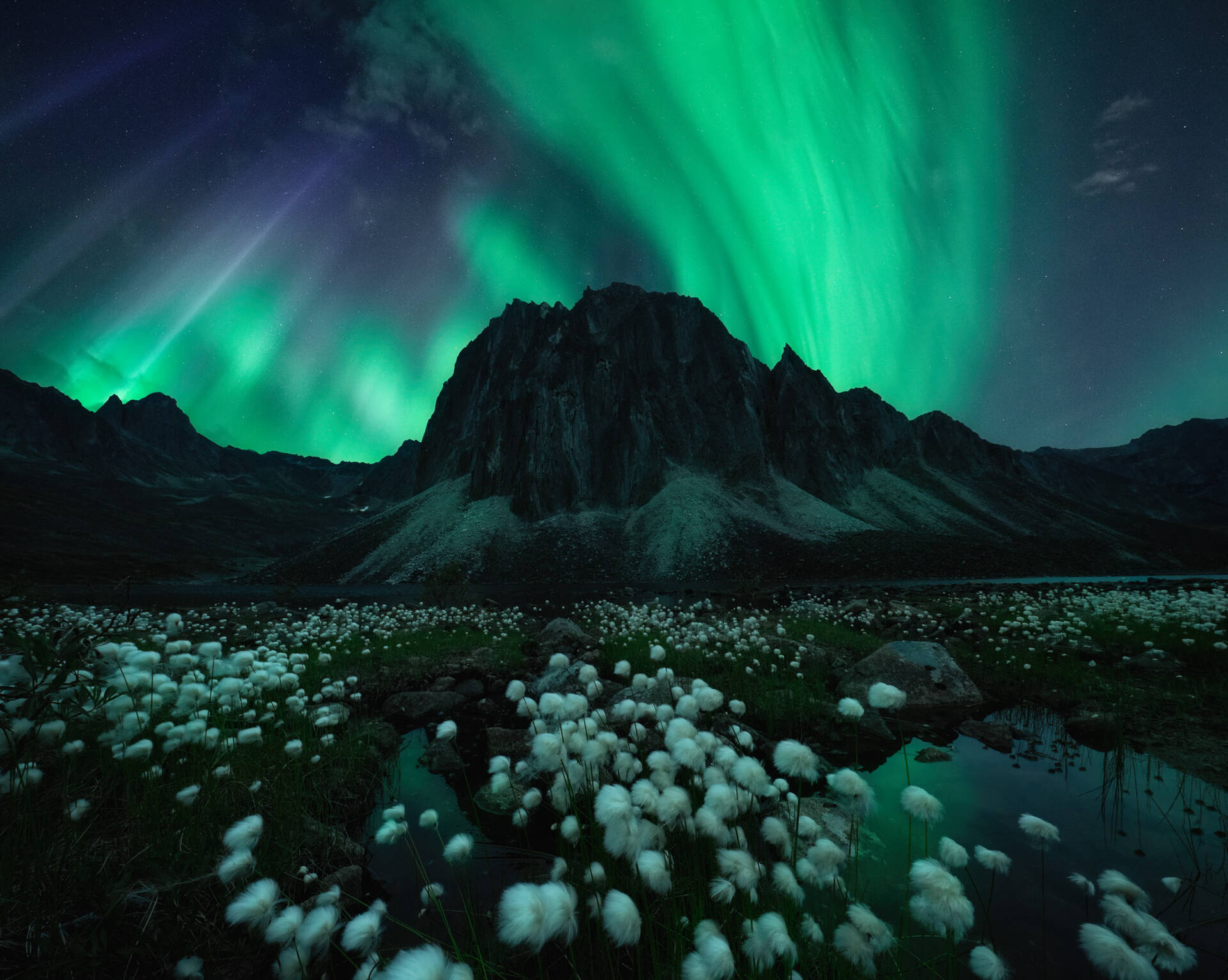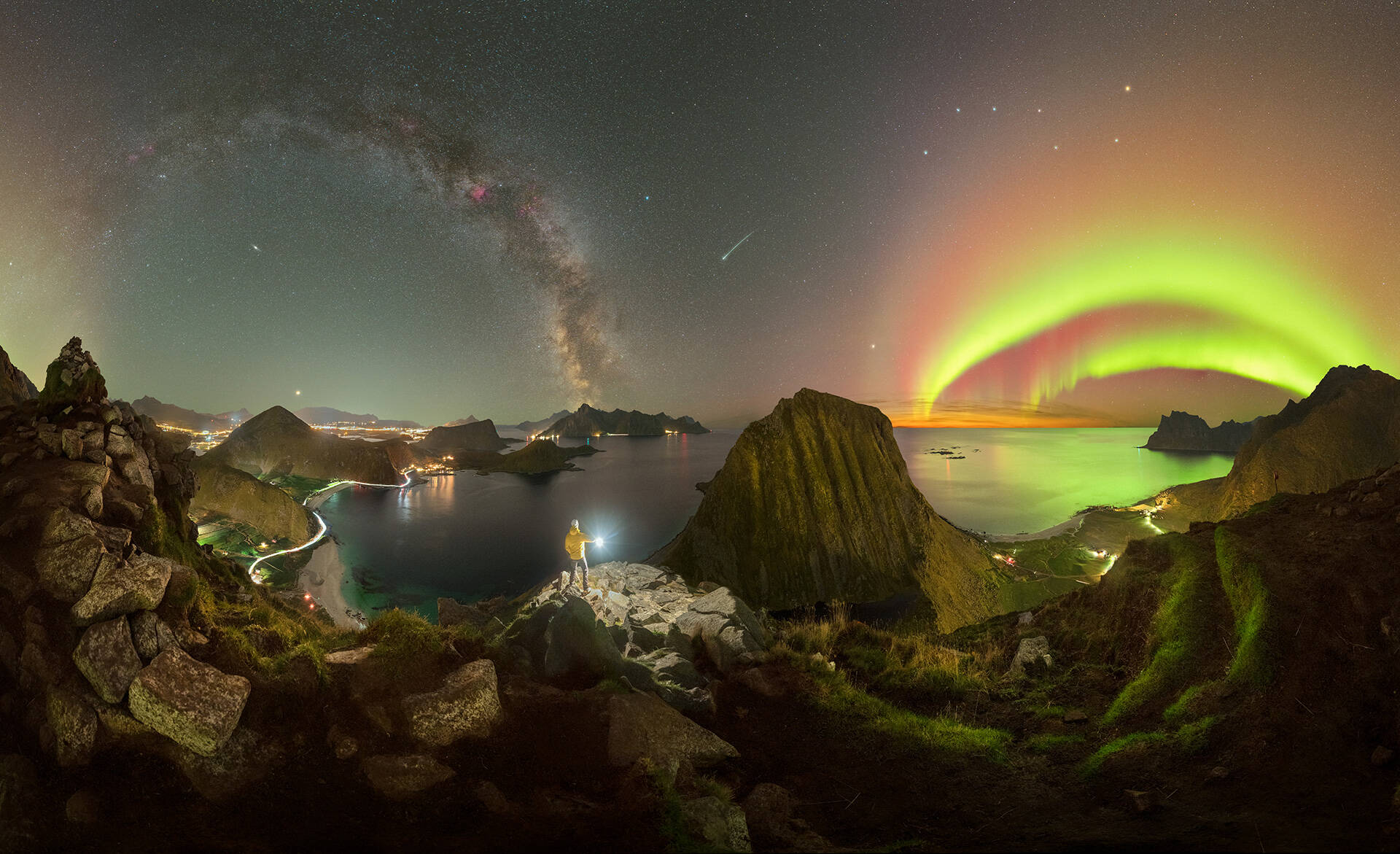Northern Lights Photographer of the Year captures the most magical skies
The Aurora Borealis is a captivating natural phenomenon – these are the best photos from Capture the Atlas' competition

Capture the Atlas has just announced its Northern Lights Photographer of the Year winners. The Aurora Borealis and Aurora Australis have mesmerized people for millennia with their dancing waves of light in green, purple, and blue hues. The natural phenomenon can be seen from both the North and South Pole and while incredibly beautiful to watch, it’s actually the result of solar storms that give out huge clouds of electrically charged particles.
• These are the best camera for astrophotography
Seeing the Aurora is a bucket list dream not just for keen landscape photographers but for a lot of people who are left in awe of its beauty. This year's entries were taken all over the world from places you’d expect to see it such as Iceland, Norway, New Zealand, and Canada, however, some countries are not so well-known spots to watch the stunning spectacle.
"Nugget Point Lighthouse is on the eastern side of New Zealand’s South Island. It rests above the famous rocks, which were named by Captain Cook because they looked like pieces of gold. The lighthouse is set on a precipice, where the ocean meets the sky. From here, you can get panoramic views of the southern seas, so it’s a photographer’s dream location."
"We have all heard stories about the land of the Midnight Sun: in the summer, the sun doesn’t really set, and in the winter, nights are long with no sun, or very little sun at all. But there are also 3-4 days each month when the moon doesn’t set (circumpolar) and 3-4 days each month when it doesn’t rise!"
"New Zealand is really a special place for astrophotography. The skies are beautifully dark, and there are so many interesting landscape features to take in. Despite this, I’ve never managed to capture an Aurora shot with an interesting foreground element prior to this moment.
Unfortunately, the Aurora activity is not as consistent compared to other forms of astrophotography, so I had to be patient."
The best camera deals, reviews, product advice, and unmissable photography news, direct to your inbox!
"These are the Arctic nights that leave you breathless! I decided to spend that night up in the mountains with one of the most beautiful views of the Lofoten Islands. My goal was to photograph a “double Aurora & Milky Way arc”, to add to my Aurora collection. I had been planning this pano for a couple of years, and finally, all the elements aligned."
"This day will probably remain etched in my memory forever. It’s difficult to explain with words since to fully understand it you had to be there. To take this photo, I had to stay focused while contemplating this immense spectacle of nature, trying to stay as calm as possible despite my strong emotions."
"I was lucky enough to witness a fantastic KP 8 display on my trip to Iceland back in October. Not only that, but it was also my first time experiencing and photographing the Northern Lights.
Originally my flight back home was scheduled to depart about 12 hours before this intense solar storm, but as soon as I saw the perfect weather and Aurora projections, I knew that I just had to change my plans and extend my trip by an additional day. Things finally came together, and I couldn’t be more pleased with the images I got."
"When the Northern Lights go crazy in the night sky, focusing on your composition is worth the utmost effort because there is so much happening so quickly.
Even for a seasoned photographer, it’s very hard to focus on enjoying the Aurora while photographing it."
"This is one of the most magical experiences I had on my last visit to Iceland.
I would also like to say that it was not easy at all. I took this picture the first day I arrived after a very long trip from Thailand. Of course, my goal was to chase the Green Lady during this trip, but I went to this location with the idea of photographing the sunset and then getting back to the hotel to rest."
"Seeing the Northern Lights dance above one of the most beautiful mountains in Iceland is a difficult experience to put into words. Imagine the wind in your face, the smell of the sea, and the sound of the waves on the rocks while the Queen of the North dances in the sky.
I love nature in all its forms precisely because it offers moments like this."
"Last February, I took a trip to explore Northern Russia. The place was very inhospitable, but we had some spectacular encounters with the “Green Lady”.
I took this image in Teriberka at about -30ºC. At these temperatures, you can only leave your tripod in one position because it will freeze, and you won’t be able to get it up or down, and therein laid the challenge of finding the perfect composition."
Check out the best lenses for astrophotography and our astrophotography tips so you can capture your own stunning shots of the Northern Lights.

Having studied Journalism and Public Relations at the University of the West of England Hannah developed a love for photography through a module on photojournalism. She specializes in Portrait, Fashion and lifestyle photography but has more recently branched out in the world of stylized product photography. Hannah spent three years working at Wex Photo Video as a Senior Sales Assistant, using her experience and knowledge of cameras to help people buy the equipment that is right for them. With eight years experience working with studio lighting, Hannah has run many successful workshops teaching people how to use different lighting setups.










